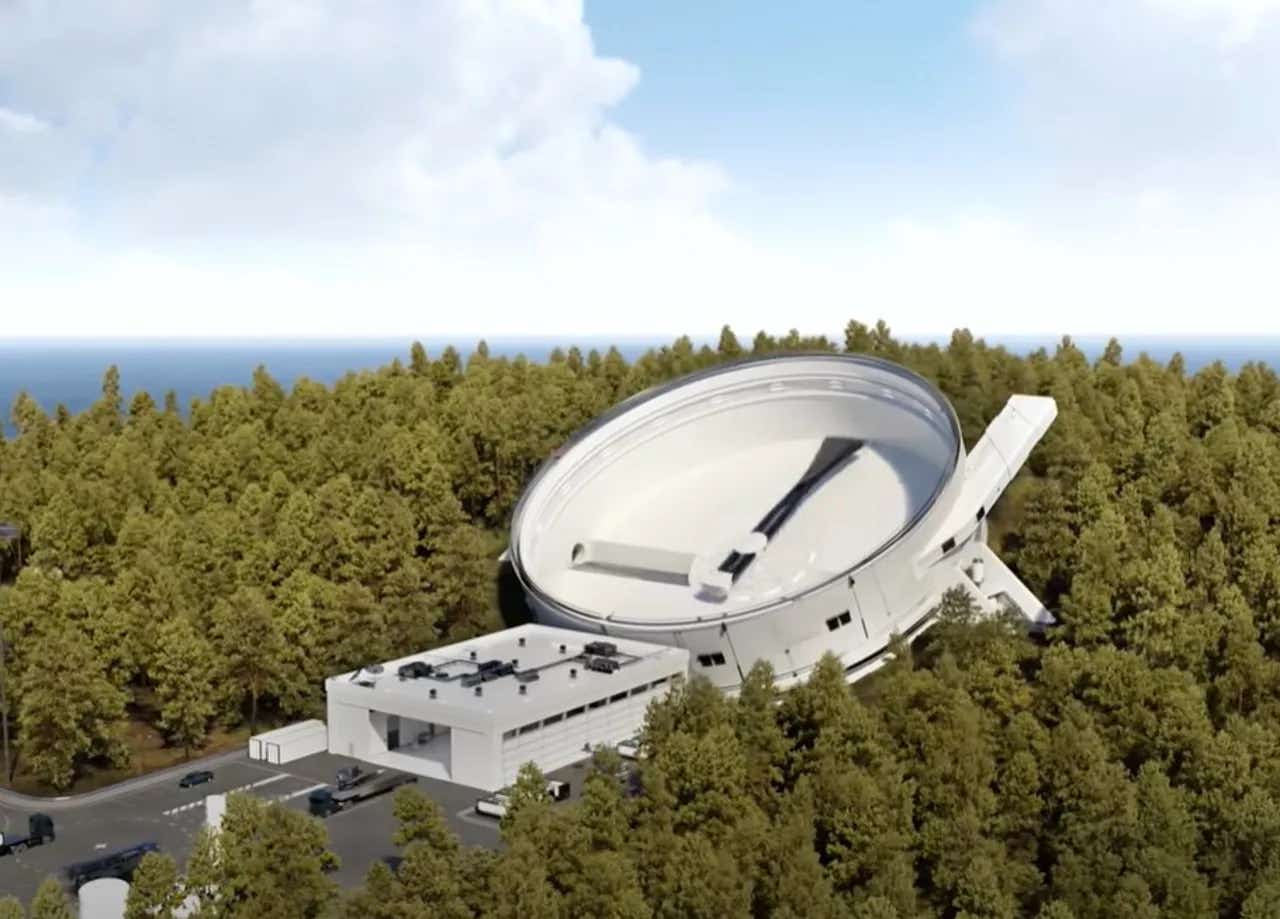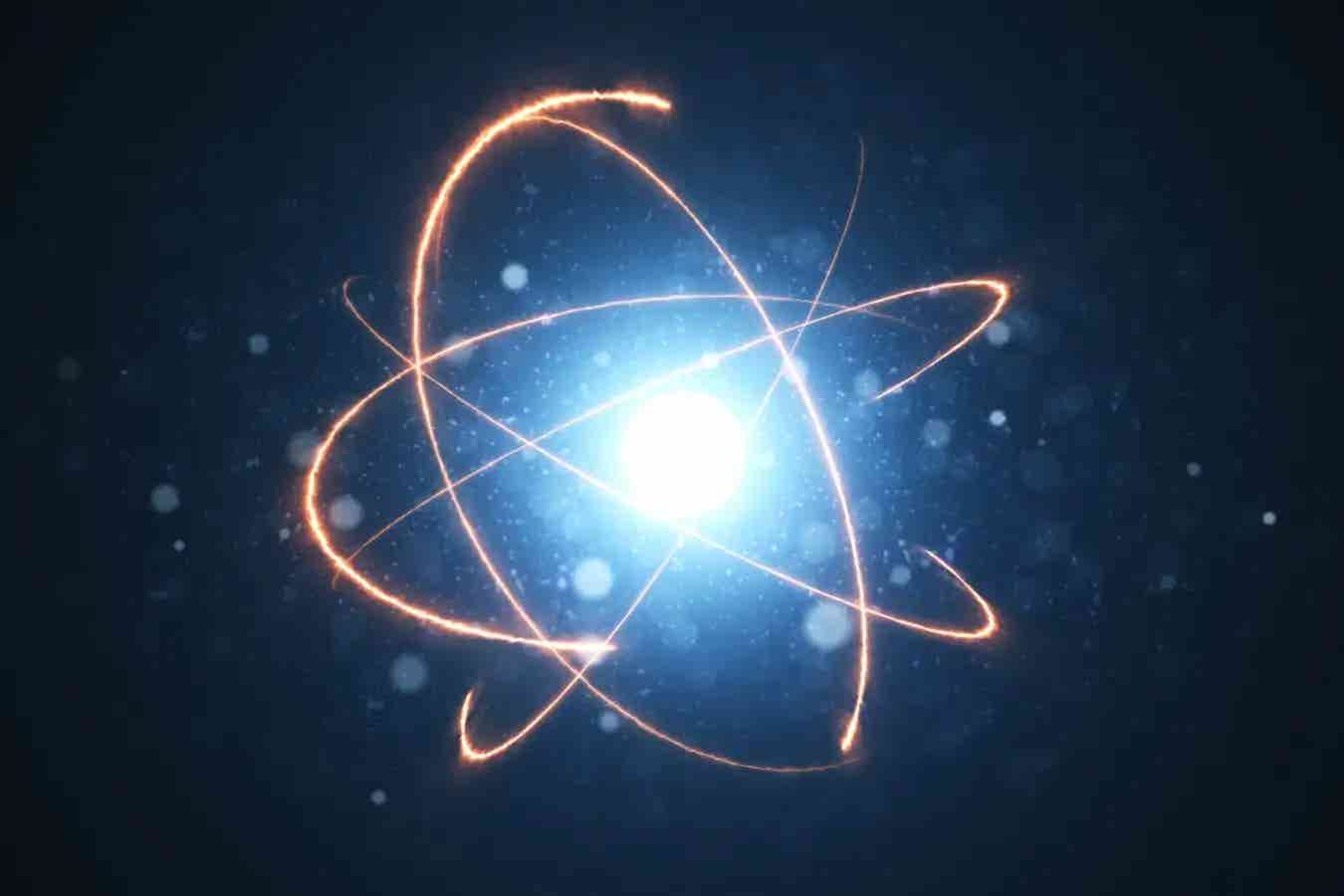Giant catapult can launch satellites into orbit at 10,000 times the force of Earth’s gravity
This technology revolutionizes the way satellites are sent into space, using a giant rotating arm to fling satellites into low Earth orbit

A California-based company, SpinLaunch, is capturing attention with its innovative satellite launch system, especially from enthusiasts in the Punkin Chunkin community. This technology aims to revolutionize the way satellites are sent into space, using a giant rotating arm to fling satellites into low Earth orbit. Remarkably, this process eliminates the need for rocket fuel, relying solely on electricity.
SpinLaunch has already conducted multiple successful tests with this technology. "This is not a rocket, and clearly our ability to perform in just 11 months this many tests and have them all function as planned, really is a testament to the nature of our technology," said Jonathan Yaney, founder and CEO of SpinLaunch, in a 2022 Space.com report after their 10th successful launch. The company plans to launch constellations of satellites into orbits below 600 miles by 2026.
Satellites are crucial for monitoring Earth's health, detecting issues like methane leaks, and conducting various other types of research. Therefore, a cleaner, more efficient method for placing them in orbit is significant for scientific advancements.
The concept behind SpinLaunch's technology isn't entirely new. Kinetic energy has been harnessed for centuries through devices like trebuchets and siege machines used in medieval warfare to hurl heavy objects over long distances. Modern-day Punkin Chunkin contests, which involve launching pumpkins using similar mechanics, showcase kinetic and potential energy in action. SpinLaunch's system might leave some of these enthusiasts wondering how many pumpkins they could send into space with such a machine.
The company's groundbreaking innovation is made possible by modern materials and miniaturized electronics. High-strength carbon fiber and compact electronic systems are crucial to the technology's success.
"Modern electronics, materials, and simulation tools allow for satellites to be adapted to the kinetic launch environment with relative ease," SpinLaunch explains on its website. This technology must withstand extreme conditions, including the vacuum of space and rapid acceleration.
Related Stories
A video from one of SpinLaunch's test launches in New Mexico shows the excitement and precision involved. Engineers monitor screens, and the launch scene resembles that of a NASA mission control room. When the satellite exits the launch barrel, it happens so quickly that it's easy to miss if you blink.
Founded in 2014, SpinLaunch has secured significant funding and has collaborated with major organizations like NASA, Airbus, and Cornell University, using their equipment in various tests. The technology has successfully withstood forces of up to 10,000 Gs, equivalent to 10,000 times Earth's gravitational pull, demonstrating its robustness.
If SpinLaunch's technology proves reliable and scalable, it could dramatically reduce the fuel required for satellite launches. For comparison, SpaceX's Falcon 9 rocket used over 900,000 pounds of propellant for each launch as of 2016. Although fuel efficiency might have improved since then, the sheer volume of fuel required for traditional launches remains substantial.
The environmental impact of traditional rocket launches has come under increasing scrutiny. Each launch contributes to the depletion of the ozone layer, which protects life on Earth from the sun's harmful radiation. SpinLaunch's method offers a potential solution, as it can breach the ozone layer without damaging it.
Looking ahead, SpinLaunch plans to build on its early successes by developing a coastal orbital launch site. This next step is crucial for advancing their technology and making it a viable alternative to conventional rocket launches. "It has proven that it's a system that is repeatedly reliable," Yaney stated, underscoring the promise and potential of SpinLaunch's approach.
SpinLaunch’s technology could mark a significant shift in how we think about and execute satellite launches, combining environmental responsibility with innovative engineering. As the company continues to develop and test its systems, the future of satellite deployment might soon become cleaner, more efficient, and more accessible than ever before.
For more science news stories check out our New Innovations section at The Brighter Side of News.
Note: Materials provided above by The Brighter Side of News. Content may be edited for style and length.
Like these kind of feel good stories? Get the Brighter Side of News' newsletter.
Joshua Shavit
Science & Technology Writer | AI and Robotics Reporter
Joshua Shavit is a Los Angeles-based science and technology writer with a passion for exploring the breakthroughs shaping the future. As a contributor to The Brighter Side of News, he focuses on positive and transformative advancements in AI, technology, physics, engineering, robotics and space science. Joshua is currently working towards a Bachelor of Science in Business Administration at the University of California, Berkeley. He combines his academic background with a talent for storytelling, making complex scientific discoveries engaging and accessible. His work highlights the innovators behind the ideas, bringing readers closer to the people driving progress.



